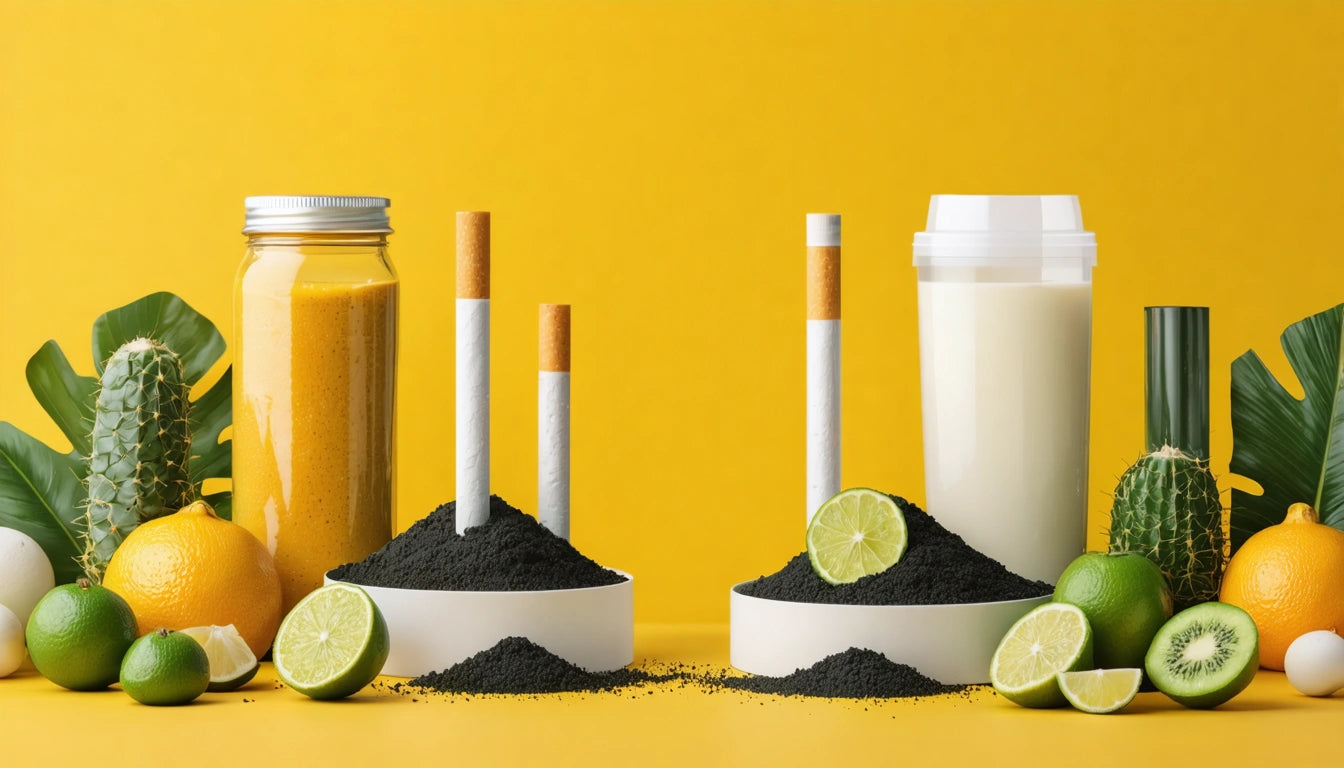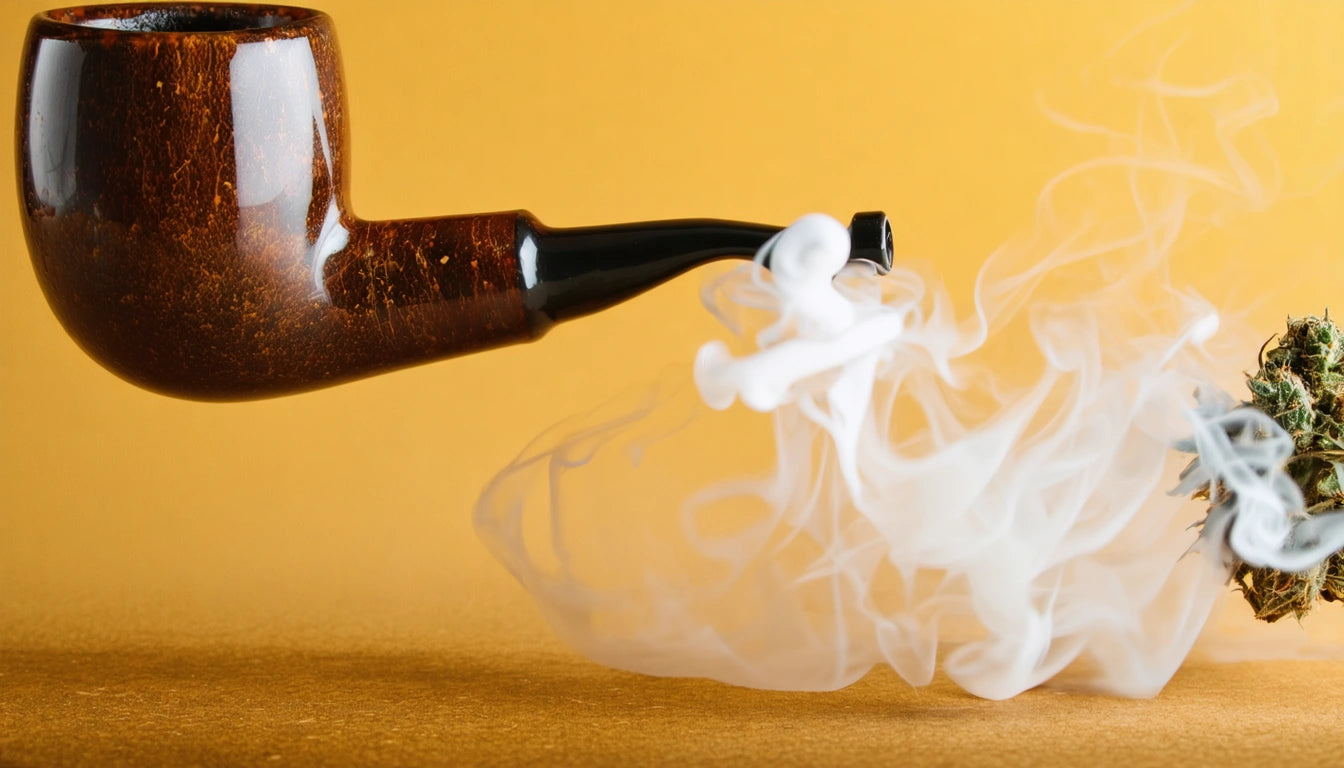Table of Contents
The cannabis pre-roll market continues to expand, with multipacks becoming increasingly popular among consumers seeking convenience and variety. When packaging these products, manufacturers face a critical decision between soft packaging solutions like pouches and mylar bags versus hard shell options such as tubes, boxes, and tins. Each approach offers distinct advantages that impact product preservation, compliance, consumer experience, and operational costs.
Key Differences Between Soft and Hard Pre-Roll Packaging
Soft packaging typically includes flexible pouches, mylar bags, and paper-based envelopes. These options generally weigh less, occupy minimal shelf space, and often cost less per unit. According to industry comparisons of pre-roll packaging options, soft packaging excels in situations requiring lightweight, cost-effective solutions with ample printing surface for branding.
Hard shell packaging encompasses rigid containers like plastic tubes, cardboard boxes, metal tins, and glass tubes. These provide superior physical protection, often feature reusable designs, and convey premium quality. The comparison between glass and plastic tubes highlights how hard shell options can significantly enhance perceived value while offering practical benefits.
Freshness Preservation and Product Protection
Maintaining pre-roll freshness requires controlling humidity, preventing air exposure, and protecting against physical damage. Hard shell containers typically excel in physical protection, preventing crushed or broken pre-rolls during transit and handling. Many hard shell options also incorporate humidity control features like silica packets or built-in humidity regulators.
Soft packaging solutions have made significant advances in freshness preservation. Modern mylar bags with resealable zippers and specialized barrier films can effectively maintain humidity levels when properly sealed. Some manufacturers incorporate specialized seals and materials designed specifically for cannabis preservation, helping soft packaging compete with hard shell alternatives on freshness metrics.
Protection During Transit
For brands shipping products to dispensaries or directly to consumers, durability during transit becomes a critical factor. Hard shell options clearly lead in this category, as noted in resources about shipping pre-rolls safely. However, soft packaging can be suitable when combined with protective outer packaging or when used primarily for in-store purchases.
Compliance Considerations for Multi-Pack Solutions
Child-resistance requirements present one of the most significant challenges for pre-roll packaging. Hard shell containers often incorporate push-and-turn mechanisms similar to those found in specially designed child-resistant lids for cannabis containers, providing reliable protection that meets regulatory standards across multiple jurisdictions.
Soft packaging manufacturers have developed innovative solutions to address compliance needs, including special tear notches, multi-layer opening mechanisms, and child-resistant zippers. These features help soft packaging meet regulatory standards for child resistance while maintaining cost advantages.
Tamper-Evidence Features
Both packaging types can incorporate tamper-evident features, though they differ in implementation. Hard shells often use shrink bands or security seals, while soft packaging may incorporate tear-away strips or special adhesive closures. Understanding tamper-evident options for pre-roll packaging helps brands select appropriate solutions regardless of material choice.
Branding Opportunities and Consumer Perception
Packaging significantly influences how consumers perceive cannabis products. Hard shell options often convey premium quality and durability, potentially justifying higher price points. Studies on how packaging affects customer perception suggest that the substantial feel of hard containers can enhance perceived value.
Soft packaging offers extensive surface area for branding, high-quality graphics, and creative design elements. Many brands leverage these advantages to create visually striking packages that stand out on retail shelves. Resources on pre-roll packaging design inspirations showcase how soft packaging can deliver impressive visual impact despite its flexible nature.
Customization Options
Both packaging types offer various customization possibilities. Hard shell options can be embossed, debossed, or feature premium finishes like soft-touch coating or metallic accents. Soft packaging excels with full-color printing, special finishes, and unique shapes. Brands looking to customize pre-roll packaging for brand recognition should consider which approach best aligns with their visual identity.
Cost Analysis and Operational Efficiency
Initial unit costs typically favor soft packaging, which generally costs less per piece than comparable hard shell options. However, a comprehensive cost breakdown of pre-roll packaging must consider additional factors beyond unit price.
- Storage requirements: Soft packaging occupies less warehouse space before filling
- Shipping costs: Soft packaging weighs less, potentially reducing freight expenses
- Filling efficiency: Hard shells may require more labor or specialized equipment
- Returns and damages: Hard shells may reduce product loss during distribution
For startups with limited capital, soft packaging often provides an accessible entry point with lower minimum order quantities and initial investment. Established brands may find value in premium hard shell options that enhance brand perception and justify higher retail prices.
Future Trends in Pre-Roll Multipack Packaging
The pre-roll packaging landscape continues to evolve with increasing focus on sustainability. While traditional hard shell options often use more material, innovations in sustainable pre-roll packaging are creating eco-friendly alternatives in both categories. Biodegradable hard shells and compostable flexible pouches represent growing segments responding to consumer environmental concerns.
Hybrid solutions combining elements of both packaging types are also emerging. These include semi-rigid pouches with protective inserts, reinforced soft packaging with structural elements, and dual-component systems that leverage the advantages of both approaches. As the pre-roll market matures, packaging innovation will likely continue blending the best aspects of soft and hard shell solutions to meet evolving consumer preferences and regulatory requirements.











Leave a comment
All comments are moderated before being published.
This site is protected by hCaptcha and the hCaptcha Privacy Policy and Terms of Service apply.